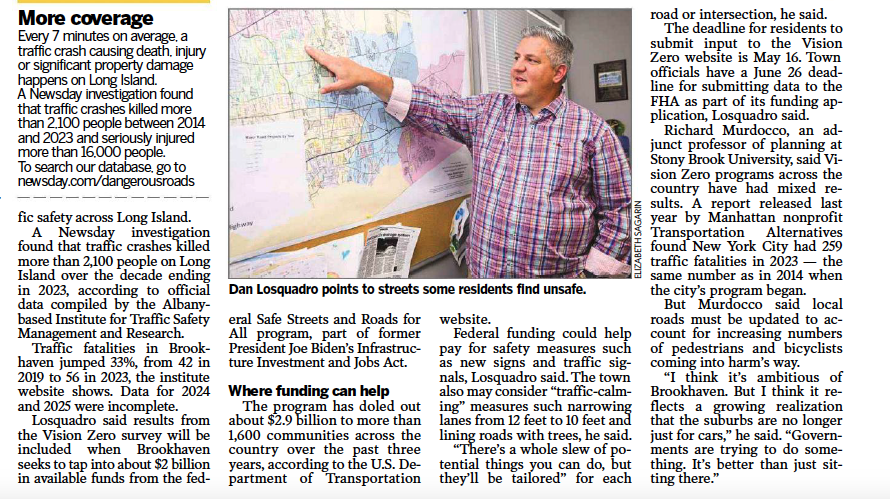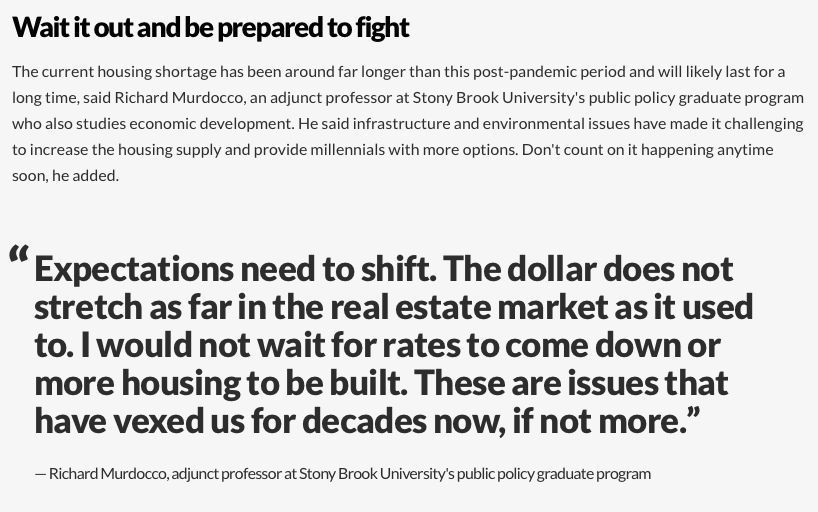The following was written for Long Island Business News’ Young Island:
In the beginning, there was the Long Island Lighting Company, or as residents called it, LILCO, which was the product of the conglomeration of several smaller utility companies in 1911. The utility was like any other, expanding in conjunction with the suburban building boom on Long Island post World War II. LILCO’s destiny forever changed with the whole Shoreham debacle, with the name becoming synonymous with debt and monopoly. The chaos continued up until 1998, when LILCO was to be disbanded to make way for its successor, the Long Island Power Authority.
The following was written in the New York Times on May 28, 1998, the day before LIPA took over the reigns of Long Island’s electrical grid:
Finally — after three decades of turmoil over LILCO’s abandoned nuclear power plant at Shoreham, public resentment over soaring electricity bills, repeated state attempts to take over the utility — a new era in electrical power is dawning on Long Island.
While most were optimistic, a few critics saw potential troubles ahead, sourced from the same article:
Although the LILCO name is disappearing into the history books, everything else about it — the stockholders, management, property, equipment, employees and functions — is surviving, albeit under new names and in a new structure.
Turns out they were right. Let us fast-forward 15 years to the present. Hurricane Irene battered the utility’s reputation on the Island, with calls for better storm preparedness following. As we know, none of that preparation was in place when Hurricane Sandy churned up the coast and hit Long Island last October.
Sandy was an awful experience, but there was an upside. The storm created post-storm scrutiny that brought daylight to LIPA. What that daylight exposed was ugly: infrastructure neglected by mismanagement, archaic systems were in place that managed scant resources and horrible monetary waste. Adding to LIPA’s woes were reports that much of the staff were/are a revolving door of political appointments with connections from both sides of the aisle. It is a perfect storm of everything the public sees wrong with Long Island’s bureaucracy.
Now here is the cherry on top: Gov. Andrew Cuomo’s Moreland Commission Report has found that LIPA and Navigant Consulting Inc. may be too cozy together and allegedly have exchanged an obscene amount of money annually. Don’t take my word for it, get a foggy idea and read the report’s findings here.
The public in any sound democracy has an innate sense of distrust for government. That is healthy. With LILCO/LIPA/whatever it’s going to be called moving forward, there is a deep public distrust and resentment of a utility. Adding to that, it’s the only game in town. This week, lawmakers approved measures to restructure LIPA, but critics say that the effort doesn’t go far enough. Sound familiar?
It is imperative that government gets this effort right so the public knows that good work can be accomplished by government. The public has a long memory with these situations. It’s eerily like 1998 all over again. Perhaps the new utility should be called LILCO III: LIPA with a Vengeance?
Jokes aside, the energy situation on Long Island is dire. The cost of living is reaching its saturation point in the minds of residents, and energy isn’t getting cheaper. Until we fix our problems with our utilities, a true economic rebound from the recession seems unlikely.
Richard Murdocco is a digital marketing analyst for Teachers Federal Credit Union, although the views expressed in this post are Murdocco’s alone and not shared by TFCU. Follow him on Twitter @TheFoggiestIdea, or email him at rich.murdocco@gmail.com.








